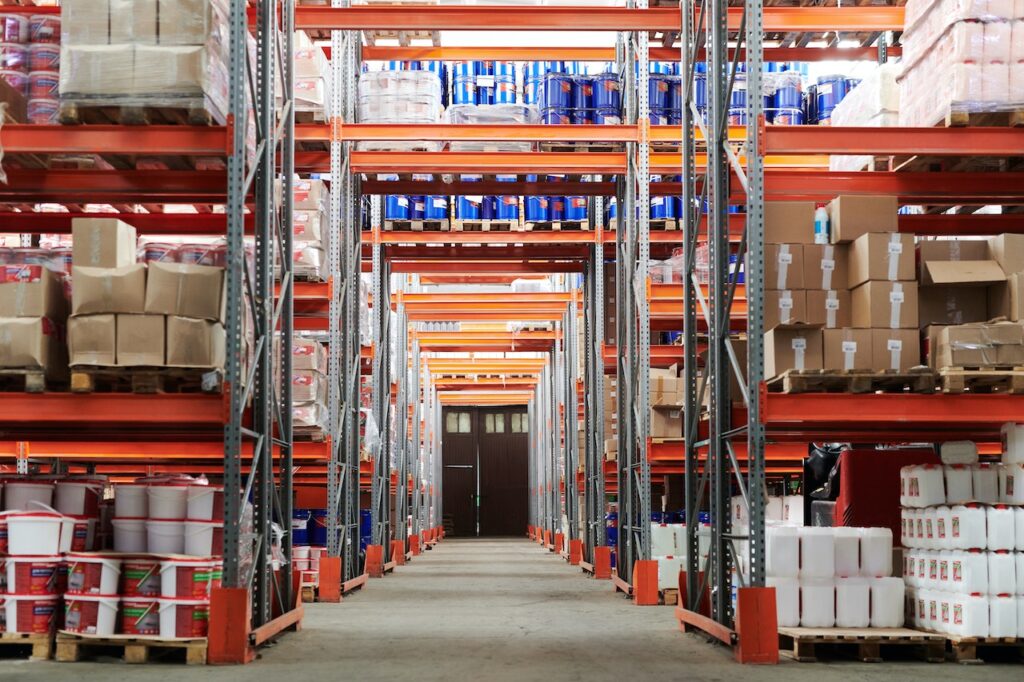Warehouse management software (WMS system) is a set of warehouse information system software used to manage the process of all warehouse activities, mainly including storage, picking and delivery, and operations in the warehouse. The Warehouse Management Software system performs daily warehouse management tasks and guides warehouse operations according to the rules of system logic operations and various preset parameters. PVS warehouse management system is a WMS system that helps you to keep an eye on your inventory with PVS warehouse management software and track warehouse receipts and issues via the efficient warehouse management system.
In the WMS system, there are three basic warehouse operations that need to be realized, that is, picking, replenishment, and storage. After satisfying these basic operations, some WMS can also be extended to transportation, personnel, and order management. When WMS performs tasks, it needs to track and analyze various data, including cargo, quantity, storage location, size, and order information.
WMS systems are relatively comprehensive in terms of functions. In addition to the three basic operations, it also has many other parts. A brief summary of the following points:
Table of Contents
Location management
According to the algorithmic logic of cargo storage, the WMS system calculates the best storage location. In this process, multiple parameters such as the type, size, weight, and frequency of entry and exit of the goods need to be considered.
Inventory control
The WMS system checks the accuracy of the inventory by performing inventory operations. If the WMS system is connected with the demand information, it can also deeply analyze the number of days of merchandise, and judge when it may be out of stock and which inventory levels are too high based on the past out-of-stock situation, so as to achieve the purpose of inventory control.
Order management
The general WMS system has the functions of order selection and task management. According to the preset order, the system generates a picking plan and displays the completion status of the order.

Quality control
The WMS system can track the batches of goods. Once quality problems are found, actions can be taken quickly to notify all relevant parties of the status and quantity of suspicious goods to control the quality of the goods and prevent defective products from flowing to the following circulation link.
Billing management
The WMS system helps users to calculate the actual expenses incurred in warehouse management activities, and the system automatically generates detailed expense reports as the basic data for expense verification and logistics cost analysis.
Return management
Manage various return activities caused by reverse logistics.
So, what value can the use of the WMS system bring to the enterprise?
- Improve the space utilization rate of the warehouse, and increase the storage capacity utilization rate by about 30%.
- Improve the accuracy rate of warehouse personnel’s operation, and control the error rate to less than 0.01%.
- De-experienced, with procedures and standards, the staff starts work within half an hour.
- Increase the efficiency of logistics, improve the on-time delivery rate, and increase the distribution efficiency by 15%.
- The cost of logistics management is reduced by 20%-30%, which improves the competitiveness of warehousing enterprises.



